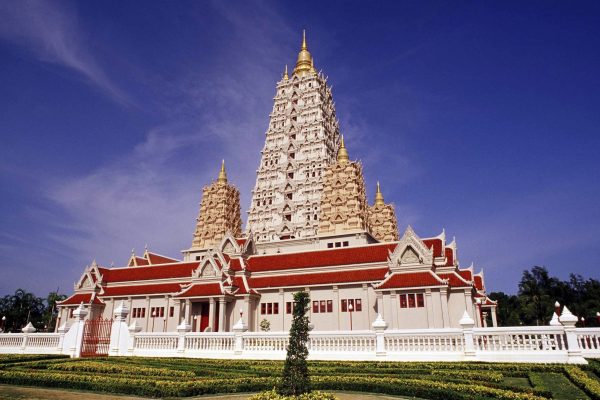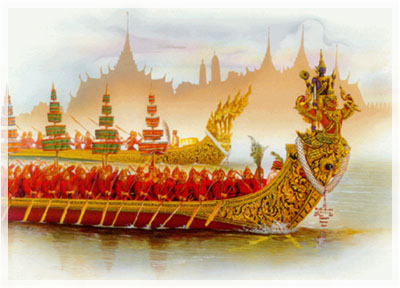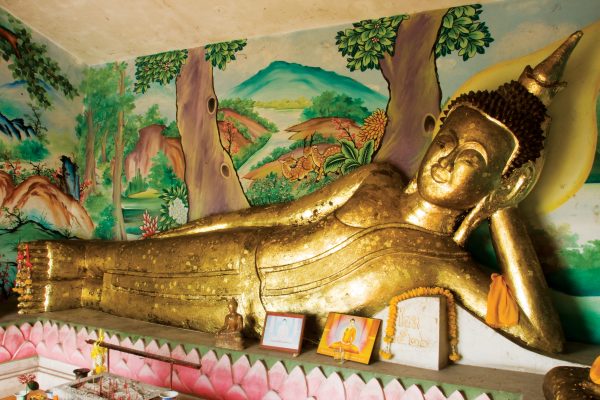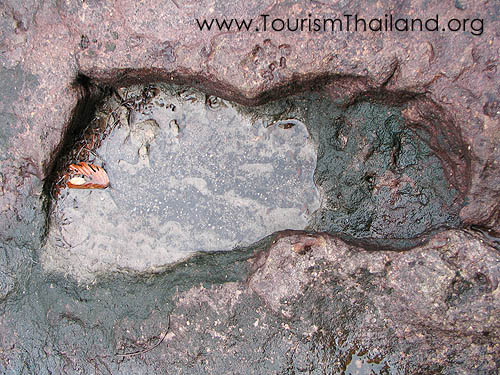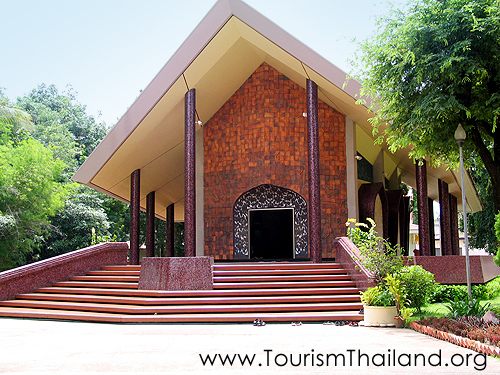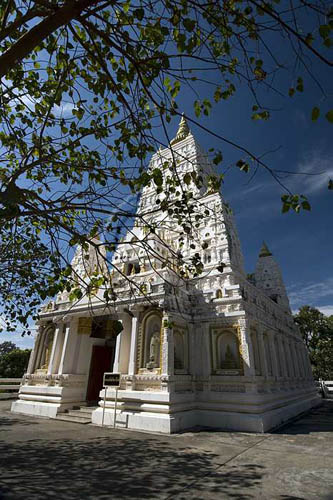
Wat Dham Damrong Dham and Museum of Ajarn Wan Attamo
Wat Dham Puang is Dhammayut Nikai sect, which prioritizes on meditation. It is located near the mountain in Ban Tha Wat, Moo 1, Pathum Wapi subdistrict, Song Dao district, Sakon Nakorn province. It is in the borderline of three provinces which are Sakon Nakorn, Udorn Thani and Kalasin provinces on Phu Phan mountain range. The range is connected to Sakon Nakorn province which is called “Phu Pha Lek”. The name represents the fact that there are a lot of iron ores in Tham Puang cave. If you put a magnet on the ground, a bung of small stones will attach the magnet. Back to 70-80 years in the past, there are many small caves scattered where people lived inside. The shape of the scattered cave looks like one part of the cart or what it is called “Puang Kien” and “Kratun Kien” in Thai. That is the reason people have called this area “Dham Puang” until nowadays. The area of Dham Puang cave is located on the top hill which is 2,000 feet higher than the sea level. There are other caves surrounded the area which looks terrifying. There is only one way up, which is the routine route used nowadays. The surface is quite smooth and slants according to the mountain condition.The museum of Ajarn Wan Uttamo is a 2-storey building with four gable ends, decorated with marble for the whole building. The lower floor presents the drawings about Ajarn Wan’s biography. The upper floor has the statue of Ajarn To sitting crossed-legs with well-decorated offerings and the eight necessities in the glass cabinet. At the neighboring area of Dham Puang is where the Great Phra Mujarin enshrined. Around the cave area, there is the place representing the places in India where the Buddha’s was born, enlightened, preached and passed away. This is the only place in Northeastern region.Phra Ajarn Wan Uttamo (Phra Udom Sangworn Visuthithen) was the role model for his disciplines, who held to “Do more than order”. Therefore, he was the beloved among the disciples. His mode of practices was tolerance. He would not say “hot”, since he recognized that it would not change the temperature. He also never said “very tired”, “very hungry” or “very thirsty” because saying those words would not change the condition. What cure these conditions is relaxing to release stress and eating.Phra Ajarn Wan Uttamo’s former name was Wan Silarak. He was born on 13th August 1922 at Tan Kon subdistrict, Sawang Daendin district, Sakon Nakorn province. His father was Mr. Lham Silarak while his mother was Chan Silarak. He had two sisters & brothers. Phra Ajarn Wan Uttamo was the eldest. He also had three half-sisters 7 brothers. He was ordained to be a novice at Wat Sri Bunroen, Panna subdistrict, Sawang Daen Din district, Sakon Nakorn province on 1st May 1936. He had Phra Racha Kawee (Juum Pantulo) as a preceptor. Then he went back to stay at Wat Aranyikawat, Phanna Nikhom district, Sakon Nakorn province. Phra Ajarn Wang Thitisaro took him to stay in the deserted place for two rainy seasons. Then, they stayed at Ban Sam Pong, Sam Pong subdistrict, Sri Songkram district, Nakon Phrathom province for another two rainy seasons. In the fifth rainy season, Phra Ajarn Wan Uttamo left to study Dhamma at Wat Pah Sutthawat, Muang district, Sakon Nakorn province. Phra Ajarn Wan Uttamo was invited by Phra Ajarn Singh Thanapalo to be a disciple with Phra Ajarn Sao Kantasilo at Wat Pah Ban Tha Kong Lek, which was close to Ubon Ratchathani province. Later, he had a chance to ordain at Wat Sri Dhammaram, Yasothorn province on 29th January 1942. He had Phra Kru Jitta Witho Thanajarn as a preceptor. Phra Mahaklai Wisartho was a preaching master. During his monkhood, he received the news that Phra Ajarn Sao Kantasilo passed away at Wat Burapharam, Ubon Ratchathani province so he went to pay his last respect. There, he met Phra Ajarn Phrom Jirapunyo at Wat Pah Sutthawat during his stay in 1945. Phra Ajarn Wan Uttamo stayed in a monastery during the Buddhist Lent with Phra Ajarn Man Phurito, the master of Wat Ban Nhong Phue.

